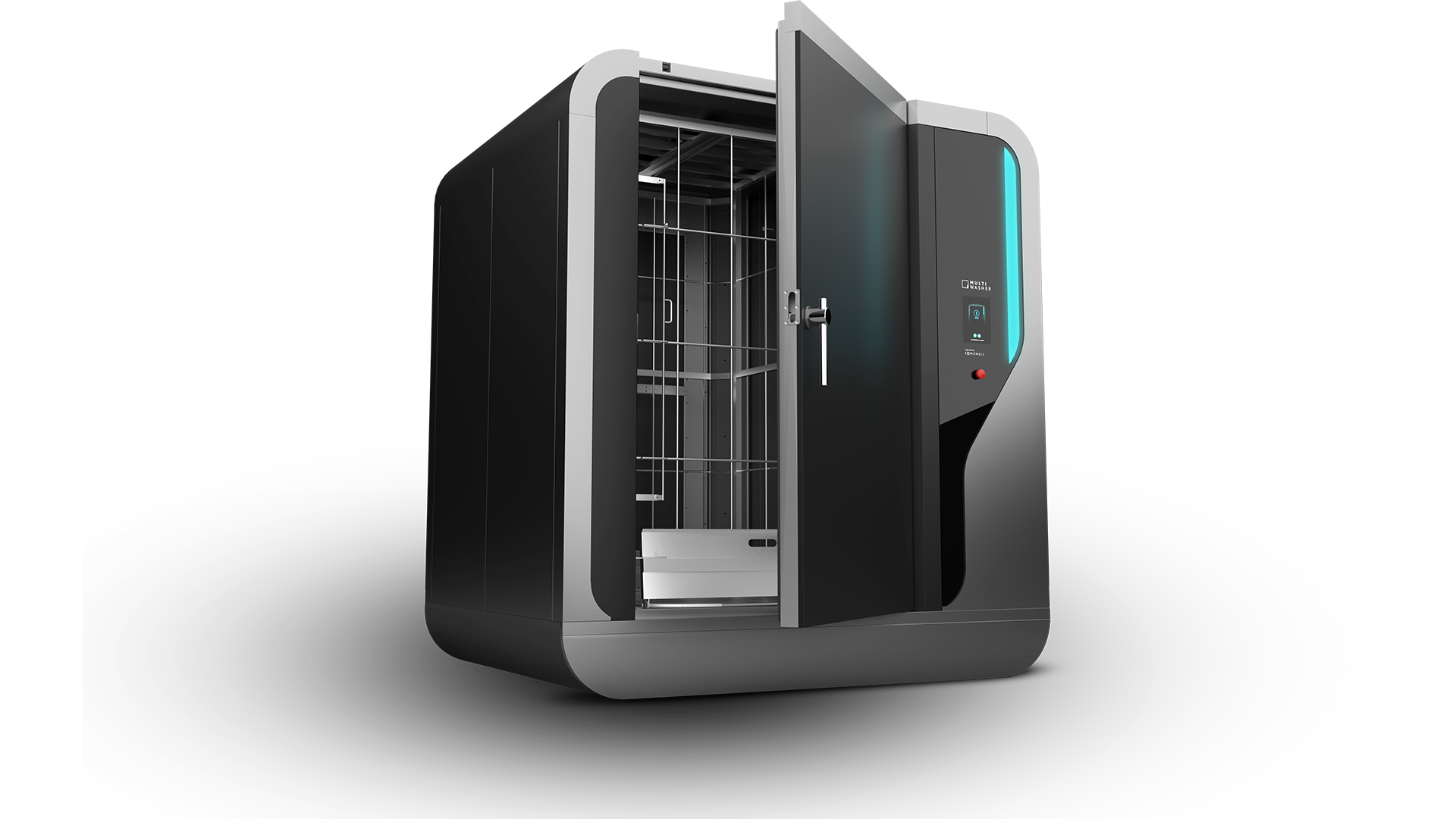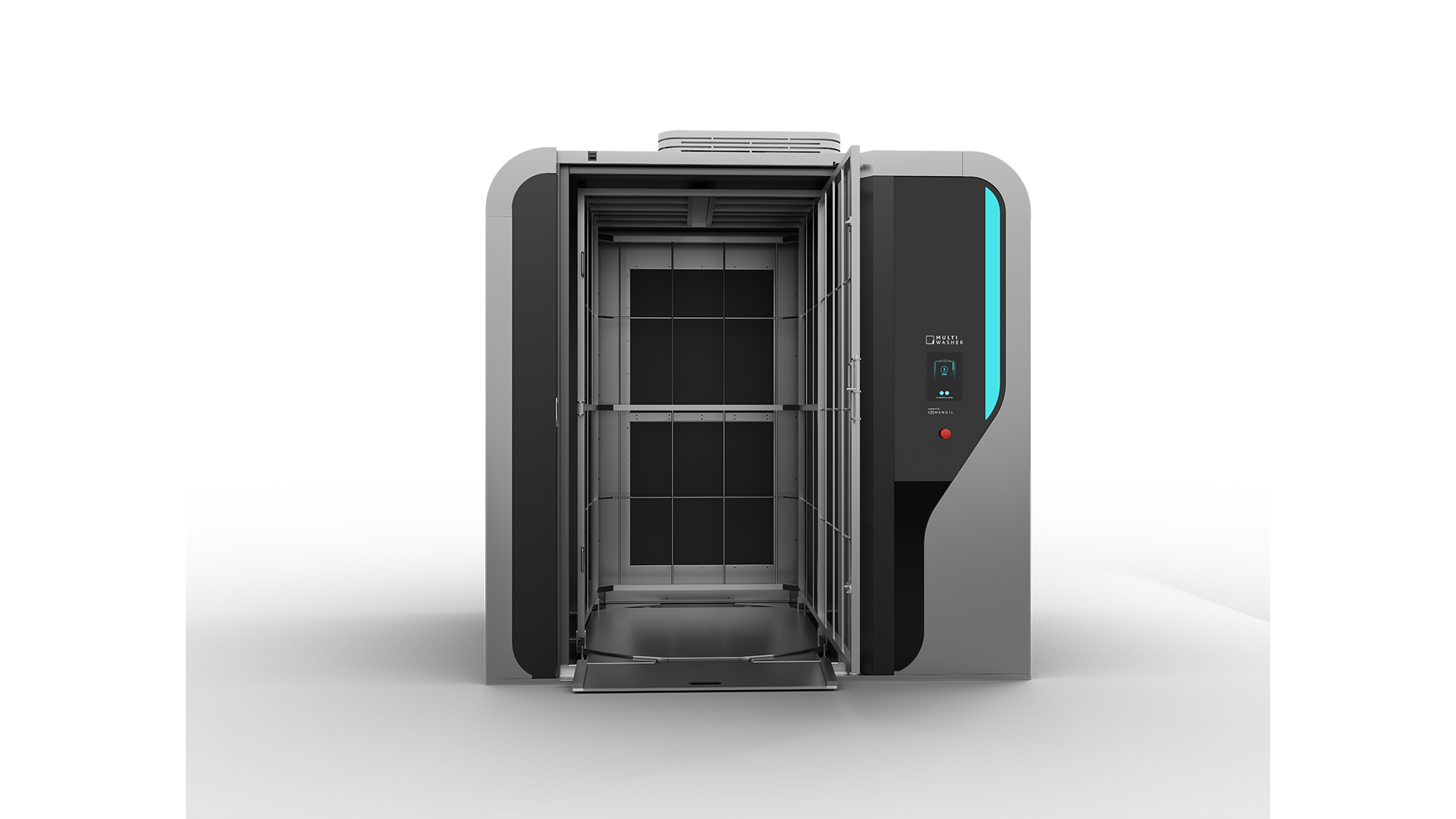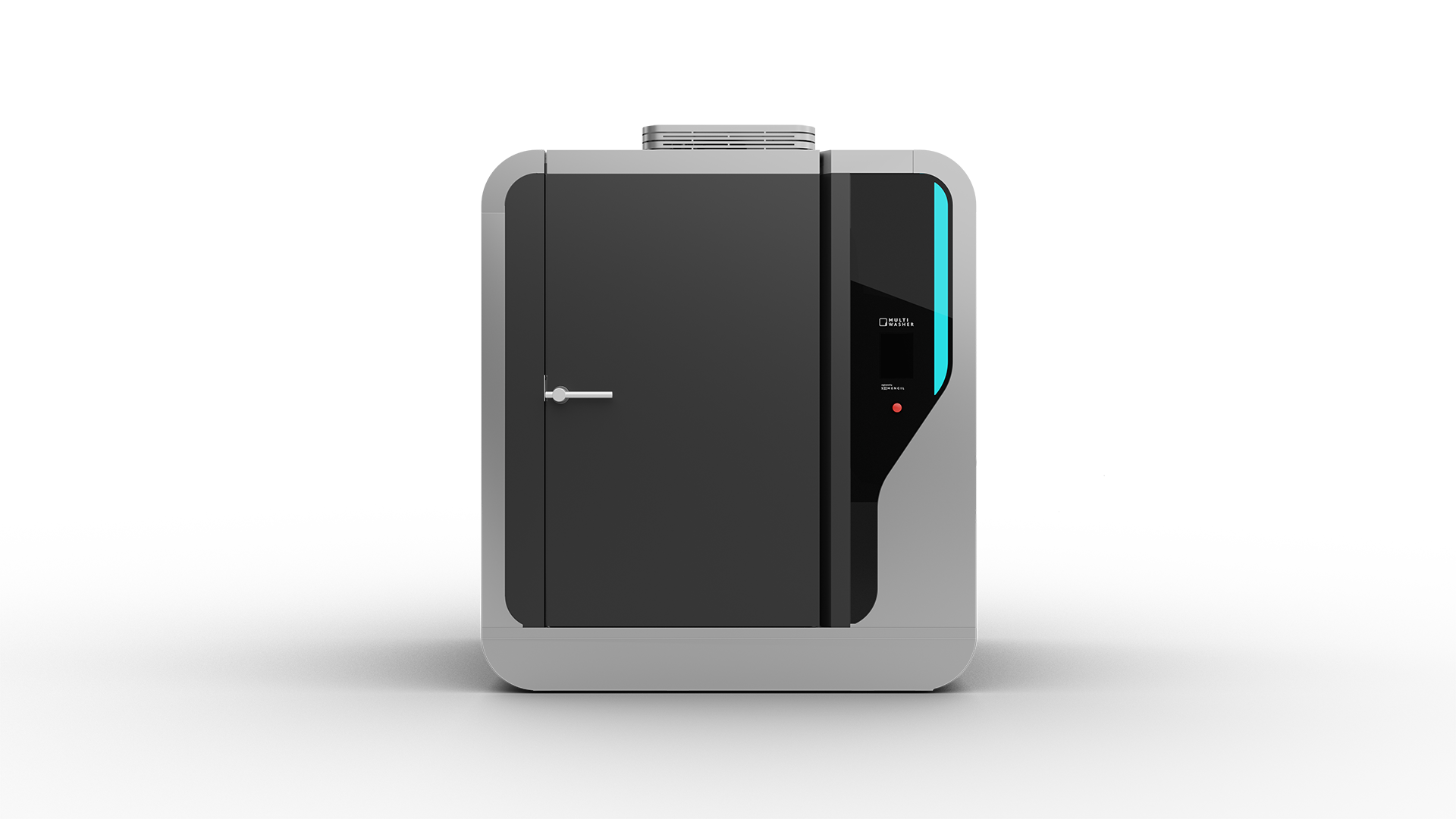Management / Articles
5 secrets to improve supply chain management without breaking the bank
Here are 5 time tested secrets to improve your supply chain management without breaking the bank most consultancy firms won’t tell you about.

 12 minutes of reading
12 minutes of reading
2024-07-02 11:23:30
Most companies are part of two big flows. The first is the flow of goods: raw materials, finished products, returns and so on. The second is that of information, such as customer orders, forecasting and planning. Supply chain management is about merging these two huge streams into a single coherent thread – and save big money along the way.
While improving the supply chain has been a top priority for most companies since at least the 1980s, it still accounts for between 25% and 45% of total costs of a company and up to 20% of product prices, depending on the activity and type of business. The reasons vary wildly, even if you discount one-off events, like storms or cyberattacks – from inaccurate planning to long lead times, to unreliable suppliers or poor-quality control.
Looking at the array of potential issues, it is easy to feel powerless. What can you do, without spending a fortune on consulting fees or rearranging your entire operation? Here are 5 simple, time tested tips that you can start implementing right away.
What is supply chain management
At its core, supply chain management is the orchestration of a complex network involving a diverse ensemble of suppliers, manufacturers, distributors, and retailers to create a harmonious flow of goods and services.
It’s about ensuring each link in this chain works harmoniously to minimize costs, maximize efficiency, and meet customer demands. Simply put, it ensures that each product is sourced, assembled, packaged, and transported with precision and efficiency, so that it arrives at the customer’s doorstep exactly when and where he expects it.
This involves strategic decisions around procurement, production planning, inventory management, logistics, and distribution. It’s about connecting the dots, breaking down silos, and creating a seamless flow of goods from suppliers to end-users, all while keeping a keen eye on the bottom line.
Is your supply chain dysfunctional?
By recognizing these signs within the supply chain, companies can take proactive steps to address underlying issues and improve overall performance and efficiency.
Here are a few telltale signs that a company’s supply chain is dysfunctional:
- Inconsistent stock levels: constant stockouts or excess inventory, resulting in increased carrying costs or missed sales opportunities, are a big red light signaling your supply chain may need improvement.
- Delays with deliveries: delayed deliveries may indicate underlying issues within the supply chain, such as financial distress or operational inefficiencies.
- One-size-fits-all approach to sourcing: using a one-size-fits-all approach to sourcing across different product categories can lead to missed opportunities and inefficiencies. Each category may require a unique sourcing strategy to maximize value and minimize risk.
- Unleveraged supplier base: is your supplier base fragmented with numerous suppliers operating independently? Consolidating suppliers and leveraging strategic partnerships can lead to cost savings and improved performance.
- Few resources to drive strategic initiatives: Successful projects require aligned stakeholders, adequate resources, and robust reporting mechanisms to track progress and ensure compliance. If your team doesn’t have enough time to improve the supply chain, it is likely there is room for improvement.
- Incomplete feedback loop: Without a proper feedback loop in place, it can be challenging to identify and address issues within the supply chain in a timely manner. Establishing a feedback loop allows for real-time monitoring of performance and enables continuous improvement.
- Running multiple forecasts: are you running multiple forecasts for sales, manufacturing and suppliers? That can lead to inaccuracies and complexity within the supply chain.
- Lack of real-time visibility and response capability: According to Oracle, only 6% of companies report complete supply chain visibility, while 69% of companies do not have any supply chain visibility at all. Inability to see and influence supply in real time can result in mismatches between supply and demand, leading to inefficiencies and disruptions.
5 secrets to supply chain management
Managing the challenges of supply chain management requires a blend of strategy and innovation. Here are 5 practical ways to improve your supply chain management. Most cost nothing and the others can be easily tested with small investments.
1. Focus on key processes
Start by identifying the core processes that directly impact your organization’s goals and objectives. These may include inbound, labelling, storing, washing, picking, outbound among many others. Conduct a thorough analysis to determine which processes are critical – those that cost more money, need more people or ar more prone to mistakes. Then, focus on those. Once you’ve identified key processes, assess their current performance to identify areas for improvement. Look for bottlenecks, inefficiencies, and opportunities to streamline workflows. Gather feedback from employees, stakeholders, and customers to gain insights into pain points and areas for enhancement.
2. Improve visibility
Ever heard of the bullwhip effect? This phenomenon occurs when small fluctuations in demand at the consumer level lead to increasingly exaggerated swings in inventory levels and production orders as you move up the supply chain. To mitigate the bullwhip effect and improve overall visibility, invest in technologies and processes that provide real-time data on inventory levels, customer demand, and production schedules.
That doesn’t mean you have to break the bank. Consider low-cost or even free supply chain management software options, such as ready-made stock management tools or low-code solutions. These tools can be quickly implemented, often within days, and require minimal investment. By testing these solutions with suppliers before committing to more advanced technologies, you can ensure that they meet your needs without significant financial investment.
3. Build strong relationships – but be wary of supplier stranglehold
Your supply chain is only as strong as its weakest link, so foster strong relationships with your suppliers, manufacturers, and logistics partners. Clear communication, mutual trust, and collaboration are key to overcoming challenges and seizing opportunities together.
At the same time, don’t put all your eggs in one basket. Diversify your supplier base to spread risk and mitigate the impact of disruptions. Having multiple suppliers for critical components or materials can ensure continuity of supply, even if one source encounters problems.
4. Keep communication flowing
Poor communication and information gaps can lead to mix-ups and missed opportunities, making supply chain management very hard. Therefore, prioritize keeping communication channels open and ensure that relevant stakeholders are regularly updated on key developments, challenges, and changes. Whether it’s adjusting production schedules, rerouting shipments, or redesigning processes on the fly, agility is the key.
Establish short daily meetings, often referred to as stand-up meetings, involving representatives from different departments within the company’s supply chain, such as procurement, production, logistics, and sales. These meetings are typically brief, lasting around 15 minutes, and are conducted standing up to keep them focused and efficient.
During these meetings, team members provide updates on their current tasks, highlight any issues or challenges they are facing, and discuss potential solutions collaboratively. By bringing together individuals from various departments on a daily basis, companies can quickly identify emerging problems, address them in a timely manner, and ensure that everyone is aligned.
5. Prioritize Supply Chain Improvement
Every company talks about continuous improvement, but few actually incorporate it into the job descriptions of supervisors and team members, let alone allocate time for it in their daily agendas. Empower supervisors and team leaders to prioritize supply chain improvement as an integral part of their daily responsibilities. Encourage them to allocate dedicated time and resources towards identifying inefficiencies, streamlining processes, and implementing continuous improvement initiatives within their respective areas of responsibility.
By embedding a culture of continuous improvement at the supervisory level, companies can ensure that optimization efforts are proactively pursued rather than treated as an afterthought. Supervisors should regularly assess current workflows, solicit feedback from frontline employees, and seek opportunities to enhance efficiency, reduce waste, and improve overall performance across the supply chain. They should also be held accountable for the improvement results they produce. Through consistent focus and commitment to supply chain improvement, companies can drive sustainable gains in productivity, cost savings, and customer satisfaction.
MultiWasher is the result of continuous improvement efforts within industrial washing processes. One of its top highlights is the capability to gather real-time information about various parameters during the washing process, such as temperature, pressure, detergent usage, cycle times, and energy consumption. With such actionable data, companies can leverage MultiWasher to optimize their own industrial washing processes continuously.
MultiWasher, at the heart of supply chain management
At the core of supply chain optimization lies the careful selection of equipment and technologies. The MultiWasher is our state-of-the-art washing equipment, with several benefits for companies looking to improve their supply chain management:
- Enhanced productivity: MultiWasher is designed for maximum throughput, allowing businesses to process larger volumes of items in less time.
- Cost savings: By reducing the need for manual labour and minimizing water and detergent consumption, MultiWasher helps businesses cut costs and improve their bottom line.
- Improved quality control: Consistency is key in supply chain management, and MultiWasher delivers on that front. With precise temperature control, automated dosing systems, and built-in monitoring capabilities, it ensures consistent cleaning results.
- Space optimization: Space is often at a premium in manufacturing facilities. MultiWasher’s compact footprint and versatile installation options make it ideal for maximizing floor space while still meeting demanding cleaning requirements.
Contact us today to unlock the full potential of your supply chain and embark on a journey towards unparalleled efficiency and excellence.
You may also like

Management / Articles
What is the PDCA Cycle?
The PDCA Cycle is almost 70 years old now, but it is still an indispensable management tool. Find out why it remains so important.
Posted in 2023-03-23

Management / Articles
6 productivity KPI to track every day
Productivity KPIs are the pulsing heartbeat of innovative companies. Here are 6 that you should track every day.
Posted in 2023-03-16

Management / Articles
5W2H: what is it, what are its advantages, how to use it
5W2H is a powerful method to describe problems in a simple way. Find out what it is and how to apply it.
Posted in 2023-01-05






















 Portugal
Portugal United Kingdom
United Kingdom United States
United States France
France Spain
Spain Germany
Germany Romania
Romania Italy
Italy Czech Republic
Czech Republic Finland
Finland Hungary
Hungary Slovakia
Slovakia Greece
Greece Lithuania
Lithuania South Korea
South Korea Russia
Russia Saudi Arabia
Saudi Arabia Poland
Poland Brasil
Brasil Hebrew
Hebrew